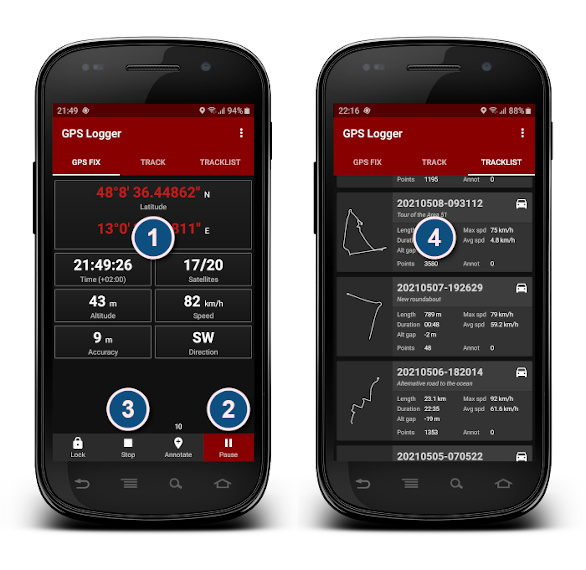Acoustic Performance of Sandwich Panels in Commercial Spaces
페이지 정보
작성자 Dario 작성일 25-09-25 06:31 조회 2 댓글 0본문
When designing commercial spaces, achieving the right acoustic environment is just as important as aesthetics and functionality. Sandwich panels are increasingly favored in commercial construction for wall, ceiling, and partition applications because of their strength, thermal efficiency, and ease of installation. However, one often overlooked aspect is how these panels perform acoustically. These panels feature dual facings—often aluminum, steel, or fiberglass—encasing a core made from mineral wool, expanded polystyrene, or polyurethane foam. While they are excellent for structural and thermal purposes, their sound management capabilities depend heavily on the core material and panel design.
The key to good acoustic performance lies in sound absorption and sound transmission loss. The capacity of a panel to dampen reverberant noise is central to creating a comfortable interior environment. Porous, non-directional mineral fibers provide superior sound dissipation compared to rigid alternatives. In contrast, Hard, non-porous cores such as EPS tend to increase reverberation, creating acoustically uncomfortable spaces. For spaces like modern workplaces, retail outlets, and hospitality venues, minimizing echo is critical for comfort and productivity.
Sound transmission loss, on the other hand, measures how well a panel prevents noise from traveling between adjacent spaces. Higher mass and compact internal structures yield greater STC ratings. When sandwich panels are installed with meticulous joint sealing, gasketed edges, and sealed penetrations, they become even more effective at containing noise. It’s also worth noting that integrating flocked backings or perforated metal facings improves both NRC and STC metrics.
In commercial settings, the choice of sandwich panels should be aligned with the intended use of the space. Logistics centers and storage hubs typically sacrifice acoustic refinement for cost and strength. Meanwhile, a hospital waiting area or a call center demands quiet, controlled sound environments. Architects and contractors must consult technical specifications from suppliers that list NRC, STC, and. These metrics help ensure the selected panels meet the acoustic requirements of local acoustic ordinances and ergonomic design principles.
Installing sandwich panels is not a one-size-fits-all solution. Combining panels with absorptive ceiling clouds, area rugs, and textile wall finishes enhances overall noise control. Additionally, the layout of panels and the presence of other hard surfaces like glass or exposed concrete can significantly impact overall acoustics. A comprehensive strategy that integrates panel type, workmanship, and ambient treatments leads to the best results.
As commercial spaces evolve to prioritize employee well-being and customer experience, the acoustic performance of building materials cannot be an afterthought. Sandwich panels offer a practical, efficient solution, but only when chosen and implemented with acoustics in mind. By selecting the optimal insulation type, panel gauge, and sealing protocol, کانکس ساندویچ پانل designers can create commercial environments that are not only stylish, sustainable, and high-performing but also acoustically comfortable.

댓글목록 0
등록된 댓글이 없습니다.
